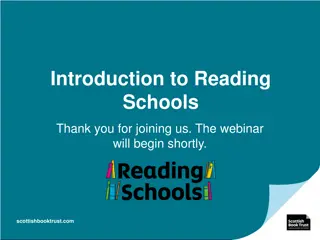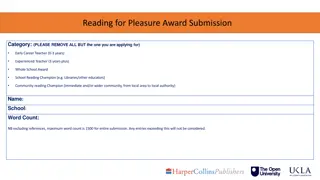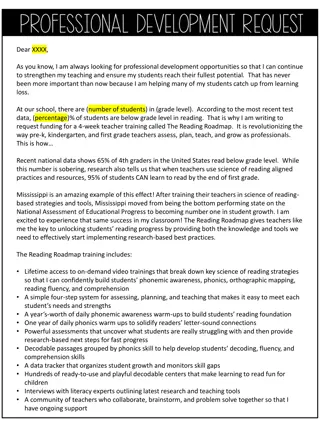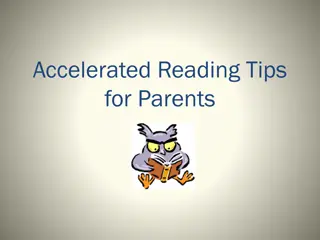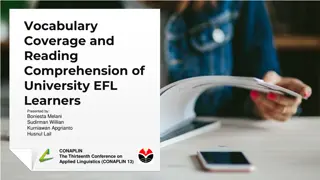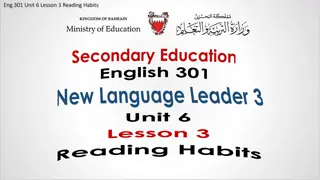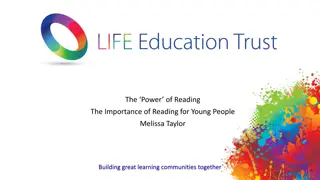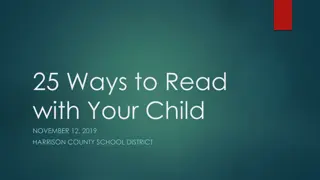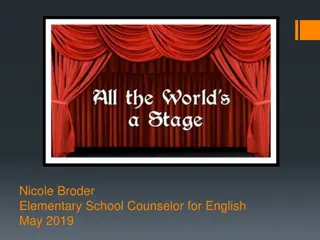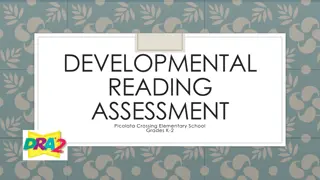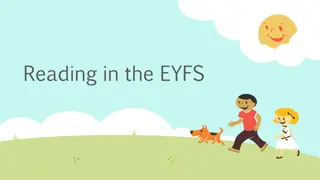
Mastering Academic Referencing and Citation Techniques
Learn about the importance of referencing, different citation styles, when to include page numbers, and how to properly cite sources in your academic writing. Understand the significance of acknowledging sources, preventing plagiarism, and following referencing conventions to enhance the credibility of your work.
Download Presentation

Please find below an Image/Link to download the presentation.
The content on the website is provided AS IS for your information and personal use only. It may not be sold, licensed, or shared on other websites without obtaining consent from the author. If you encounter any issues during the download, it is possible that the publisher has removed the file from their server.
You are allowed to download the files provided on this website for personal or commercial use, subject to the condition that they are used lawfully. All files are the property of their respective owners.
The content on the website is provided AS IS for your information and personal use only. It may not be sold, licensed, or shared on other websites without obtaining consent from the author.
E N D
Presentation Transcript
Citing your sources A process for: acknowledging the source of your information. identifying where your evidence comes from. encouraging and enabling the reader to verify information. adhering to academic writing conventions. 2
Why is referencing important? Good referencing practices: demonstrate that a range of ideas and approaches have been sought and reflected upon. emphasise that expert and reliable information have been sought. prevent circumstances where academic misconduct (plagiarism) can occur.
Different referencing styles UniSA Harvard Harvard American Psychological Association (APA) Chicago Manual of Style Modern Language Association (MLA) Note: Each of these styles follow different referencing conventions 4
When to reference? You need to include in-text references when you: include someone else s words, ideas or information in your assignment. paraphrase or summarise someone else s ideas in your own words. quote someone else s ideas in their exact words. 5
How to reference? You need to insert in-text reference each time you refer to ideas or information from other sources You need to include the following details: the author s family name (do not include the first name) the year of publication Page numbers when appropriate (see below) 6 * Note: the style will change according to the referencing convention you use
When to include page numbers? You include page numbers in your in-text citation when you: use a direct quote from a particular source. summarise a key idea from a particular page. Copy/adapt tables or figures and present specific information like dates or statistics. Note: You must include a reference list with your assignment. The reference list provides full bibliographic details for all the sources referenced in your assignment. This helps others to locate the source. 7
When to quote? Instances in your writing where you need to quote: The author has stated the idea in a concise manner and to paraphrase the statement would change its meaning. The author has made a strong claim and the statement would lose its impact if you changed it. You cannot communicate the message in any other manner. The critical orientation popularised in the 1970s and linked to the rise a host of other reform movements like feminism, gay liberation and postcolonialism, aims to engage students more actively in social issues and action (Kemmis et al. 1983, p. 129). The words from the original source are copied directly within quotation marks et al. is used when referring to four or more authors in the in- text citation. Only the first author s family name is used followed by et al. This is followed by the year of publication and page number
Quoting A quote may be words you read or hear Original source must be copied exactly within quotation marks ( ) Quote must be accompanied by a citation (Mott-Smith 2011, p. 7) A quote is always followed by a page number.
Paraphrasing A paraphrase is an idea taken from another source but written in one s own words: The paraphrase can be of an oral or written source The words from the original source must not be copied The paraphrase is not enclosed in quotation marks The paraphrase must be accompanied by a citation
Paraphrasing example Original Text The conservative orientation to education prevailed before the 1960s with schools and teachers taking an authoritative approach and inculcating students with the dominant values, beliefs and practices of the time. Students are seen as passive recipients of this knowledge. Basically educations is seen as preparation for work (Kemmis et al. 1983). Conservative values education approach vary. They can be based on religious or secular conceptions of morality. However, they can be distinguished by their focus on preparing the student to fit or follow the conventions of the social, civil, religious or local community. Not too many words have been copied from the original. Text is not enclosed in quotation marks. Citation to acknowledge original source. Paraphrase Indirect voice Education in the conservative realm took a very authorative approach in that values were always imposed on students who were seen as passive beneficiaries. Schools, generally, prepared students for work (Kemmis et al, cited in Jones 2009). The context of values education in the conservative approach will vary depending on what the definitions of morality is in a particular instance (Jones 2009).
Summarising A summary is a condensed version of a text: in the writer s own words. with only the main points and no details (examples) included. that provides a broad overview and is shorter than the original. with citations of the original source.
Summarising example If key scenes from a novel are pruned for film, audiences often react negatively. However, fidelity is not an appropriate measure for evaluating a film adaptation s success, as numerous scholars concur (Desmond & Hawkes 2006; Leitch 2008; McFarlane 1996; Miller & Stam 2004). The writer has consulted different sources on the topic and has summarised the main theme that has been discussed by different researchers.
Reporting verbs S W N N N N W Weak N W W W N neutral S strong S W S S N S S N N N N Where you place your references can add/reduce the strength of argument (author prominence) N N N N N S N W S

